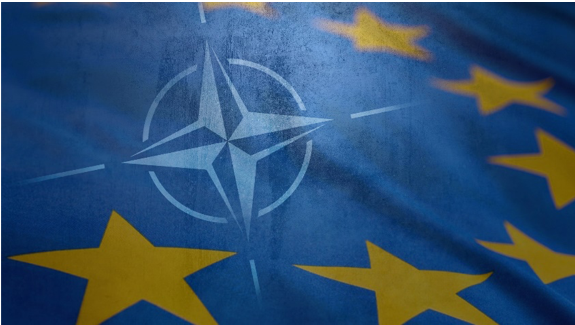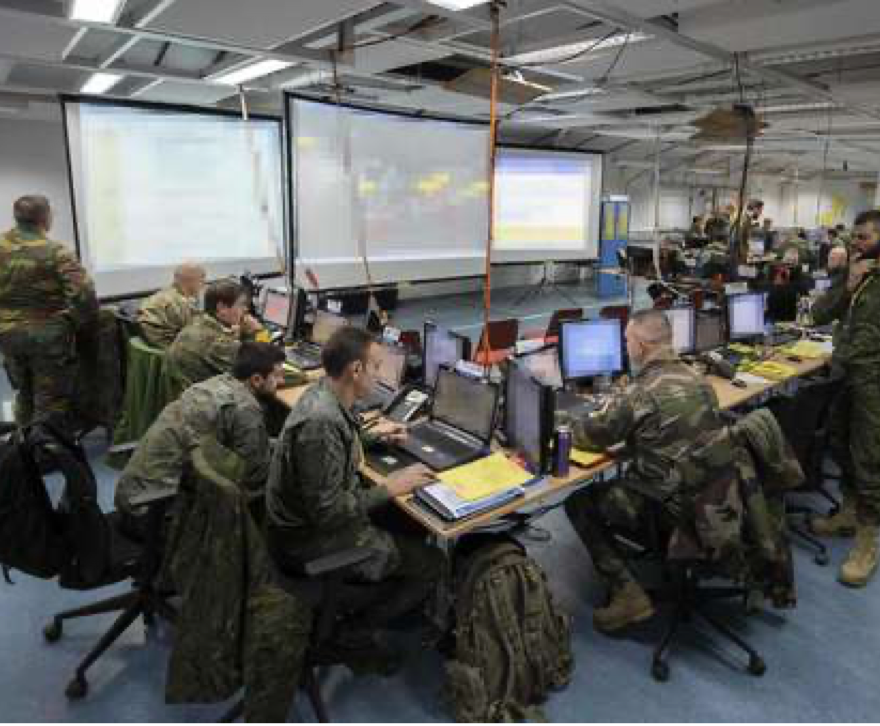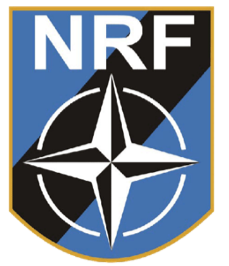European Corps

Basic Facts

Founded in 1993, the European Corps (Eurocorps) represents a multinational military corps, which counts approximately 1.000 troops within its HQ (headquarter) and more than 6.000 troops in the Franco-German Brigade. The latter brigade is its single operational arm that is under permanent command, while the main focus lies on the command of operational forces as well as rapidly deployable forces for the EU or NATO. It is designed to command up to 60.000 troops with the corresponding assets, which makes it a considerable provider of military leadership and organization structures
It has to be noted that it keeps autonomy and is ruled by the Common Committee consisting of representatives of the five framework nations (Belgium, France, Germany, Luxembourg, Spain). Requests for support from multinational organizations need a unanimous decision from the “full” members, while associated nations (Greece, Italy, Poland, Romania, Turkey) can contribute with personnel. The HQ of the Eurocorps is stationed in Strasbourg, France at the Franco-German border and consists of a Command Group, Staff, Multi-national Support Brigade and HQ Support Battalion.
Main Tasks and Goals

The Eurocorps has been founded as a European command for intensifying the interoperability among its founding nations (Germany, France, Belgium) and for supporting the defense capabilities of the NATO in Middle Europe. The framework has been widened subsequently to allow the HQ to take over responsibility in the context of multi-national military and peacekeeping operations, as it did within SFOR (Bosnia and Herzegovina), KFOR (Kosovo), ISAF (Afghanistan) for the NATO or EUTM Mali for the EU.
Delivering leadership and command capabilities for crisis response forces, such as the NATO Response Forces, is the second pillar of the main tasks and goals of the Eurocorps.
Current Role

At the moment, the Eurocorps is commanded by General Lieutenant Laurent Kolodziej*** (Commanding General Eurocorps) following the bi-yearly rotational scheme. Thus, he is responsible for the NATO Response Force (NRF) Land Component Command, since January 2020.
The Eurocorps has been certified by the NATO for this role by the end of 2019 in Stavanger, Norway, and is providing the NATO with its support for the third time in its history. Nowadays, contrary to the former NRF stand-by periods in 2006 and 2010, the NATO is facing a higher threat scenario along its Eastern periphery. Consequently, it can be stated that the requirements for the operability of the Eurocorps have been intensified in the recent years.
Vision
According to its intergovernmental status the Eurocorps is independent, but closely affiliated to the EU and NATO and their structures. This circumstance gives it the opportunity to function as a military link between the NATO and the EU, while it can likewise serve as a core for a more European integration concerning defense and security policy. However, it should be noticed that it is neither a part of the Common Security and Defense Policy (CSDP) of the EU nor a project of the Permanent Structured Cooperation (PESCO) of the CSDP.
A visible sign for the intended mixing of nationalities within the Eurocorps can be recognized in the structure of each units and branches. Furthermore, a common beret that is worn by all men and women of the Eurocorps underlines its unity. Nevertheless, it stays open for other nations to join or become an associated member.
Conclusion

Concerning its operability, it remains to be seen whether the Eurocorps stays a provider of command structures for the NATO and EU in the context of foreign missions and NRF or whether it may become a more progressively applied instrument within a common European Defense strategy on the basis of the EU.
As its motto suggests, at the moment it is “A Force for the EU and NATO”.

0 Comments